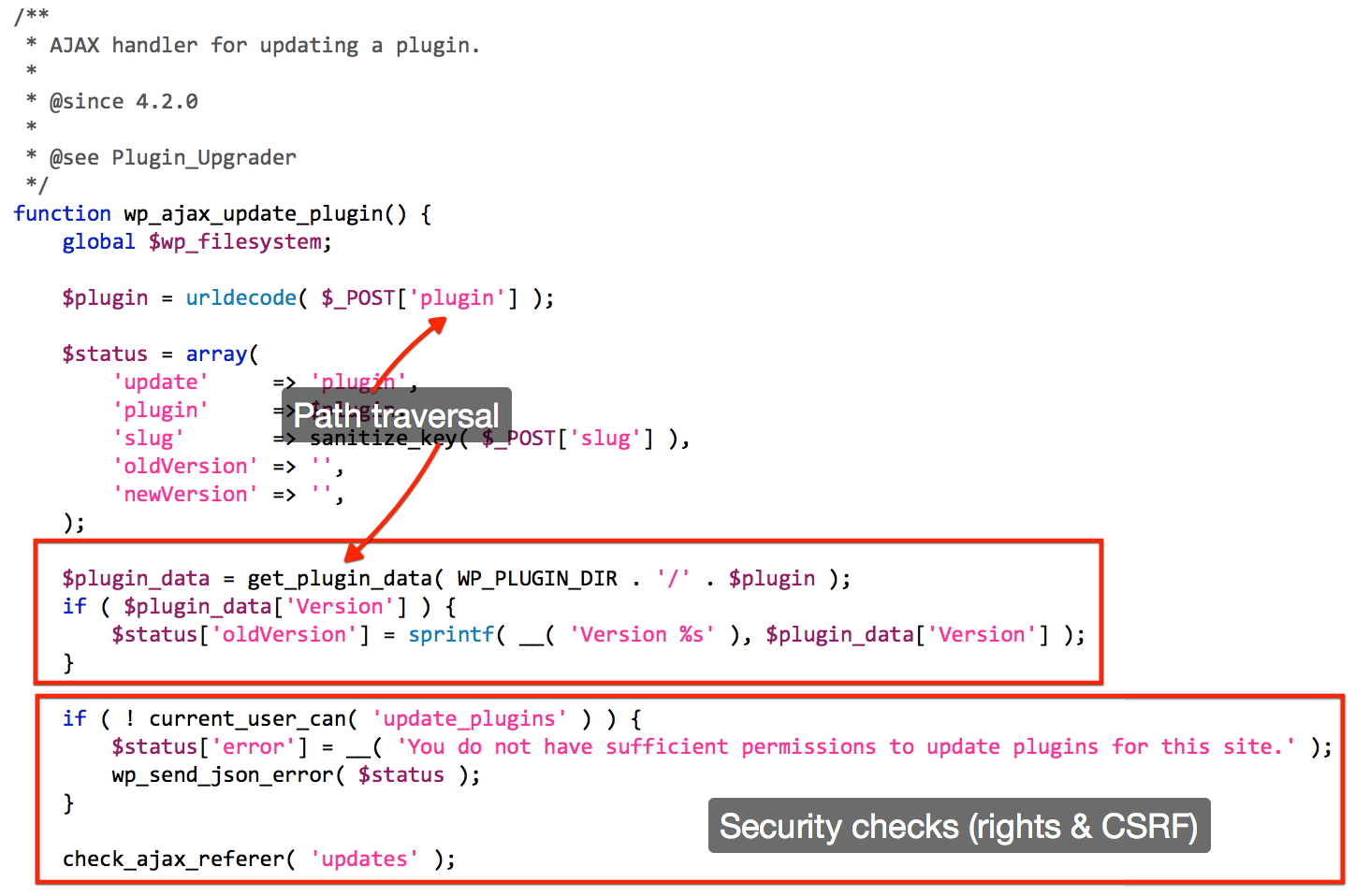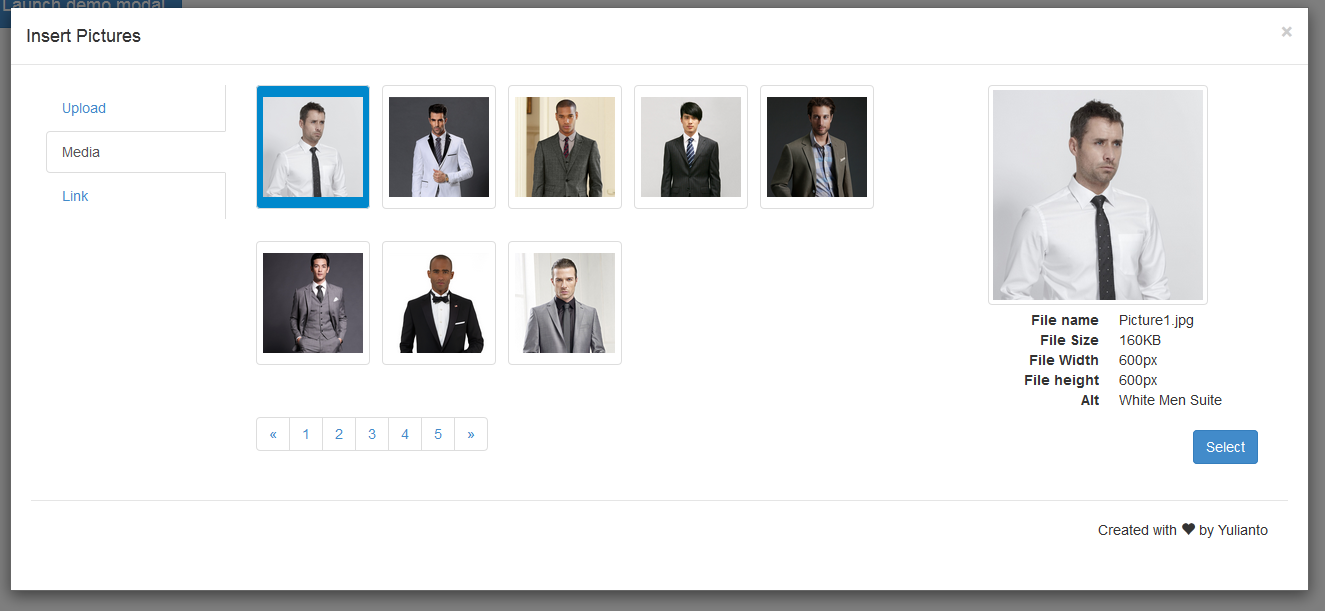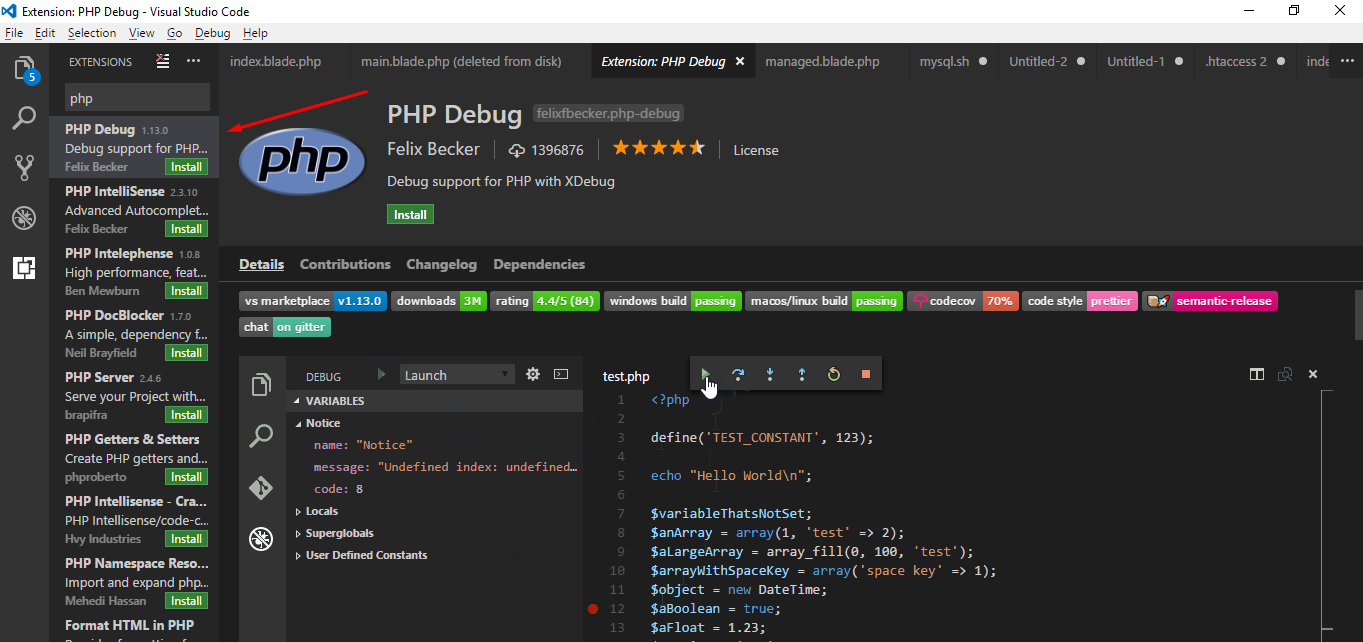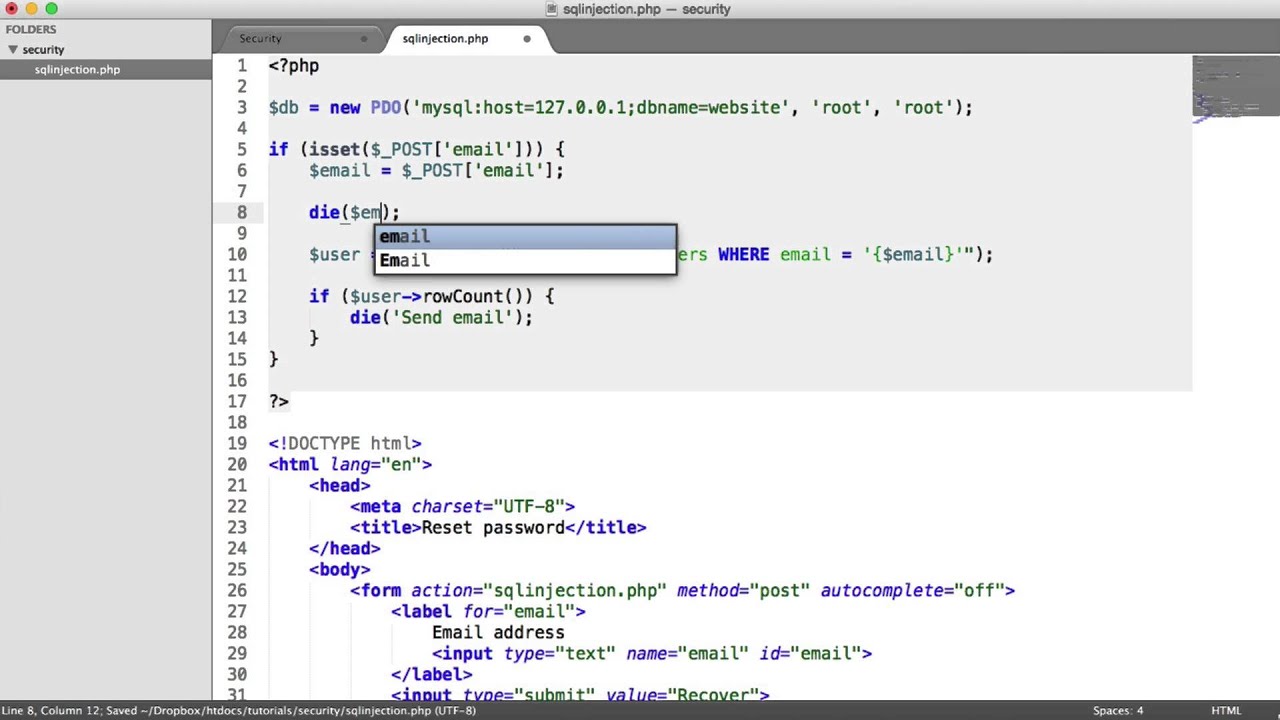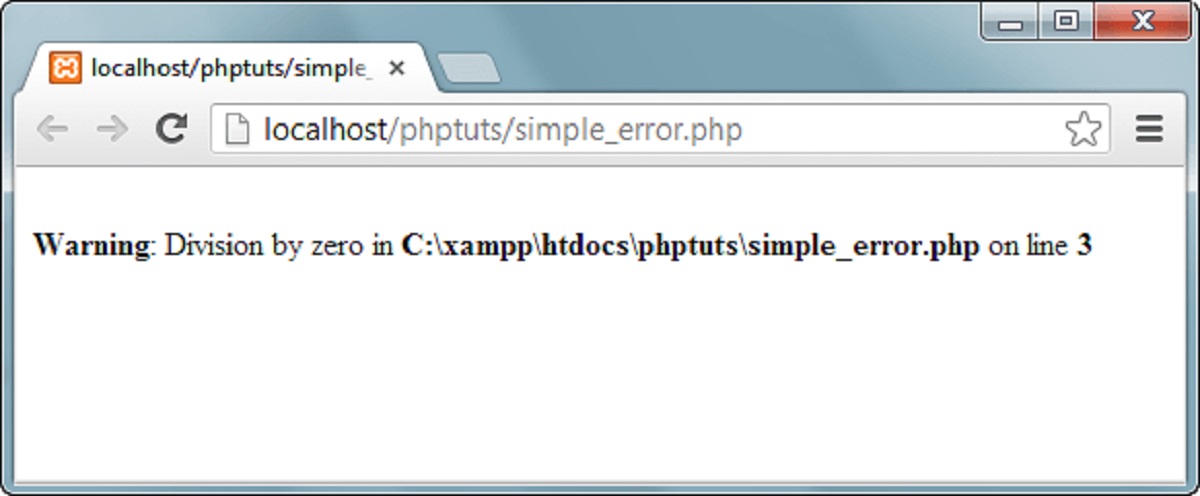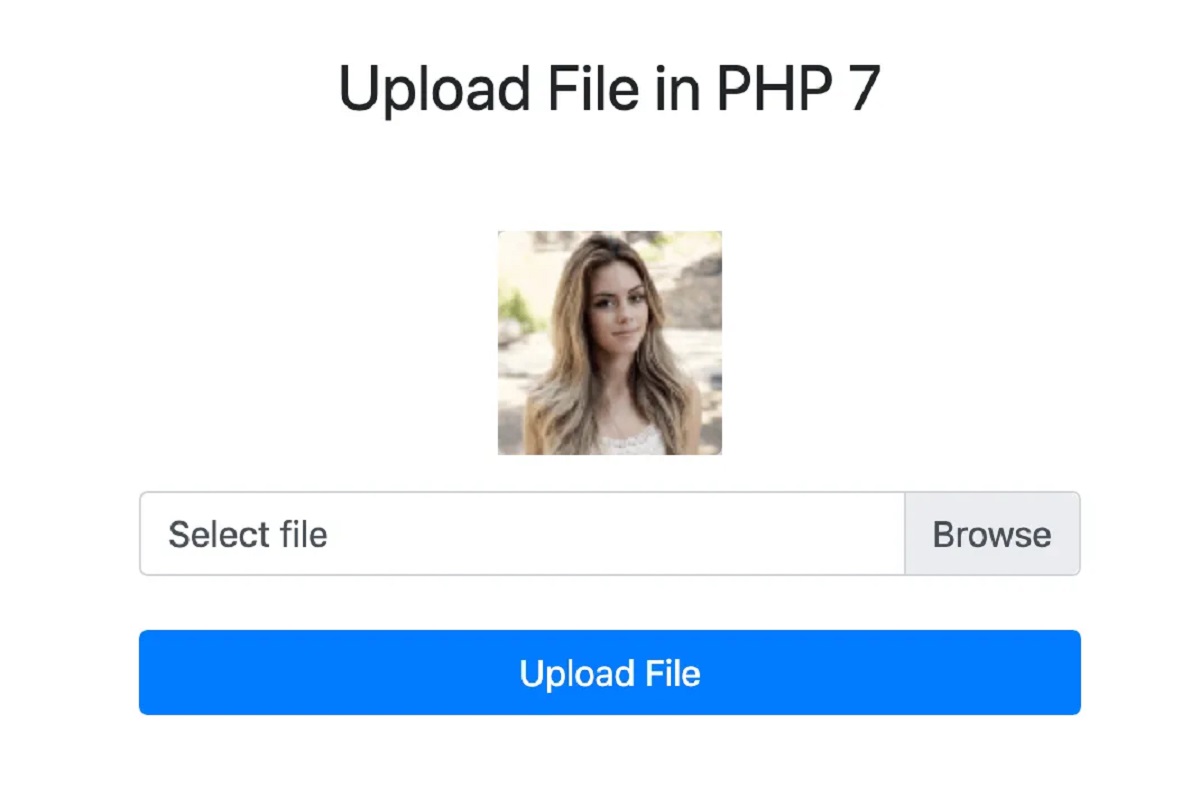Introduction
Website security is a critical concern for businesses and individuals alike. One type of vulnerability that can pose a significant threat to the security of a PHP application is called a path traversal vulnerability. In this article, we will explore what path traversal vulnerabilities are, how they work, and specifically focus on the PHP functions that can potentially lead to path traversal vulnerabilities.
Path traversal vulnerabilities, also known as directory traversal vulnerabilities, occur when an attacker is able to access files or directories that are outside the intended scope of a web application. This can allow them to view sensitive information, modify files, or even execute malicious code.
Understanding how path traversal vulnerabilities work is essential for developers to write secure code and implement proper input validation and sanitization techniques. Additionally, for website owners and administrators, being aware of the functions that can cause these vulnerabilities can help in identifying and mitigating potential risks.
In the following sections, we will discuss some of the common PHP functions that can inadvertently lead to path traversal vulnerabilities. It is important to note that these functions are not inherently insecure, but if used improperly, they can introduce security risks into an application.
What is a Path Traversal Vulnerability?
A path traversal vulnerability, also known as a directory traversal vulnerability, is a type of security flaw that occurs when an attacker is able to navigate beyond the intended directory structure of a web application. This allows them to access files or directories that should be restricted, potentially leading to unauthorized data disclosure, file manipulation, or even remote code execution.
The vulnerability arises when an application allows user input to influence the file path or directory location used by the application to access or retrieve files. Attackers exploit this by manipulating the input and tricking the application into accessing files or directories outside of the intended scope.
A common analogy to understand path traversal vulnerabilities is to imagine a file cabinet with drawers representing directories and files. Each drawer contains files specific to its directory. In a well-secured system, users only have access to their assigned drawers. However, a path traversal vulnerability would enable an attacker to navigate beyond their assigned drawers and access files in other directories.
Path traversal vulnerabilities are particularly dangerous because they can allow an attacker to access sensitive files containing credentials, configuration data, or even critical system files. This can lead to unauthorized access, data theft, or even complete compromise of the affected system.
To mitigate the risk of path traversal vulnerabilities, it is crucial to implement proper input validation and sanitization techniques. All user-supplied input that affects file paths should be carefully validated and restricted to a limited set of allowed characters and locations. Additionally, it is essential to ensure that the application enforces proper authorization and access control to prevent unauthorized access to sensitive files or directories.
In the next section, we will delve into how path traversal attacks work and discuss some common techniques employed by attackers.
How Does Path Traversal Work?
Path traversal attacks exploit vulnerabilities in web applications that allow attackers to manipulate file paths and navigate outside of the intended directory structure. By doing so, attackers can access files or directories that should be restricted.
The attack typically starts by identifying a vulnerable web application that accepts user-supplied input, such as file names or directory paths. This input is then used by the application to locate and retrieve files from the server’s file system. If the application fails to properly validate and sanitize this input, it becomes susceptible to path traversal attacks.
Attackers take advantage of the lack of input validation by including special characters or sequences in the user input. These characters or sequences allow them to break out of the current directory and traverse to higher-level directories or even to different file systems on the server.
For instance, let’s say a web application accepts a file name as a parameter in a URL, and this parameter is directly used in a file inclusion function without proper validation. An attacker could manipulate the file name input by appending sequences such as “../” to navigate up the directory structure. With each added “../” sequence, the attacker moves up one level in the directory hierarchy.
By repeatedly adding the “../” sequence, the attacker can eventually reach directories outside the intended scope of the application. This can allow them to access sensitive files, such as configuration files, user data, or even system files.
It’s important to note that path traversal attacks are not limited to “../” sequences. Attackers can also utilize encoded characters, alternative path separators, or other techniques to bypass input validation and achieve directory traversal.
To prevent path traversal vulnerabilities, developers should implement strict input validation and sanitization. This involves checking user-supplied input for any characters or sequences that could potentially allow directory traversal. Additionally, using a whitelist approach, where only a predefined set of characters or names are allowed in file paths, can add an extra layer of security.
In the following sections, we will discuss specific PHP functions that, if used improperly, can introduce path traversal vulnerabilities into an application.
Common Functions That Cause Path Traversal Vulnerabilities
While path traversal vulnerabilities can occur due to flawed programming practices, certain PHP functions have the potential to introduce these vulnerabilities if used improperly. Let’s explore some of the functions that developers should be cautious about when it comes to preventing path traversal attacks.
1. include() Function: The include() function is commonly used to include external files in a PHP script. If the file path passed to include() is influenced by user input and not properly validated, it can be manipulated to include files from unintended locations, leading to a path traversal vulnerability.
2. require() and require_once() Functions: Similar to include(), the require() and require_once() functions include external files. If user input is used in the file path parameter without proper validation, it can result in a path traversal vulnerability.
3. file_get_contents() Function: The file_get_contents() function reads the contents of a file and returns it as a string. If the file path parameter is derived from user input and not properly sanitized, an attacker can exploit it to access sensitive files outside the intended directory.
4. fopen() Function: The fopen() function is used to open files in various modes. If the file path parameter passed to fopen() is influenced by user input without proper validation, it can lead to path traversal vulnerabilities, allowing unauthorized access to files from different directories.
5. scandir() Function: The scandir() function retrieves the list of files and directories from a given directory. If the directory parameter is derived from user input without adequate validation, an attacker can manipulate it to traverse to unintended directories and possibly access restricted files.
6. glob() Function: The glob() function retrieves an array of file paths that match a specific pattern. If the pattern parameter is influenced by user input and not properly validated, it can lead to path traversal vulnerabilities and potential access to sensitive files outside the desired scope.
7. realpath() Function: The realpath() function returns the canonicalized absolute pathname of a file. If user input influences the file parameter without appropriate validation, it can result in a path traversal vulnerability by resolving symbolic links and accessing files outside the intended directory.
8. Other Functions to be Aware of: Functions like readfile(), require_once(), and copy() can also introduce path traversal vulnerabilities if user-supplied input is not validated correctly.
To prevent these vulnerabilities, developers should implement strict input validation and avoid using user input directly in file operations. They should also consider using predefined file path structures or whitelisting specific directories to limit access to desired locations.
By being aware of these functions and applying secure coding practices, developers can significantly reduce the risk of path traversal vulnerabilities in their PHP applications.
include() Function
The include() function in PHP is commonly used to include external files into a PHP script for execution. However, if user-supplied input is used without proper validation, it can lead to a path traversal vulnerability.
When including a file using include(), PHP looks for the specified file in different locations, including the current directory and the directories defined in the include_path configuration. If the file path parameter passed to include() is influenced by user input, an attacker can manipulate it to include files from unintended locations.
To prevent path traversal attacks when using the include() function, it is crucial to properly validate and sanitize the file path input. Developers should avoid directly using user input in the file path and instead use a predefined set of allowed file names or directories.
Additionally, setting a specific base directory for file inclusion and using relative paths within that directory can help mitigate path traversal vulnerabilities. Explicitly specifying the base directory limits the scope of the file inclusion and prevents the possibility of accessing files outside the desired directory hierarchy.
Here is an example of using the include() function with proper validation:
$allowedFiles = array("header.php", "footer.php");
$filename = $_GET["file"];
if (in_array($filename, $allowedFiles)) {
include("includes/" . $filename);
} else {
// Handle invalid file or display an error message
}
In the example above, the user-supplied input is first compared against a whitelist of allowed file names. If the file is present in the whitelist, it is safely included using a predefined base directory (“includes/”) concatenated with the validated file name. If the file is not present in the whitelist, appropriate actions can be taken, such as displaying an error message.
By implementing proper input validation and restricting the file inclusion to a specific set of allowed files or directories, developers can prevent path traversal vulnerabilities that may otherwise expose sensitive files and compromise the security of their PHP applications.
require() and require_once() Functions
The require() and require_once() functions in PHP are similar to the include() function, but with one key difference – they require the specified file to be included in the script. If the file does not exist or cannot be included, a fatal error will occur.
Just like with the include() function, if user-supplied input is used without proper validation in the file path parameter of require() or require_once(), it can result in a path traversal vulnerability. An attacker can manipulate the input to include files from unintended locations.
To prevent path traversal attacks when using these functions, it is crucial to implement appropriate input validation and security measures. Following similar best practices as mentioned for the include() function, developers should avoid directly using user input in the file path and instead validate the input against a predefined set of allowed files.
Here is an example of using the require() function with proper validation:
$allowedFiles = array("config.php", "database.php");
$filename = $_GET["file"];
if (in_array($filename, $allowedFiles)) {
require("includes/" . $filename);
} else {
// Handle invalid file or display an error message
}
In the code snippet above, the user-supplied input is first compared against a whitelist of allowed file names. If the file is present in the whitelist, it is safely required using a predefined base directory (“includes/”) concatenated with the validated file name. If the file is not present in the whitelist, appropriate actions can be taken, such as displaying an error message.
Similarly, the require_once() function can be used with the same security measures to include a file only once, ensuring that it is not included multiple times.
By implementing proper input validation and ensuring that only trusted and validated files are included using require() or require_once(), developers can mitigate the risk of path traversal vulnerabilities and maintain the integrity and security of their PHP applications.
file_get_contents() Function
The file_get_contents() function in PHP is commonly used to read the contents of a file into a string. It can be useful for retrieving data from files, such as text files, JSON files, or XML files. However, when used inappropriately, the file_get_contents() function can introduce a path traversal vulnerability.
When the file path parameter passed to file_get_contents() is derived from user input without proper validation and sanitization, an attacker can manipulate the input to traverse to unintended directories outside of the desired file scope.
To prevent path traversal attacks when using the file_get_contents() function, it is crucial to carefully validate and sanitize the file path input. Developers should avoid directly using user input in the file path and instead enforce constraints on the allowed files and directories.
One way to prevent path traversal vulnerabilities with file_get_contents() is by using an absolute path to the file rather than a relative path. This ensures that the file can only be accessed from the specified location and prevents an attacker from navigating to other directories.
Here is an example of using the file_get_contents() function with proper validation:
$allowedFiles = array("data.json", "config.txt");
$filename = $_GET["file"];
if (in_array($filename, $allowedFiles)) {
$filepath = "data/" . $filename;
$contents = file_get_contents($filepath);
// Process the file contents
} else {
// Handle invalid file or display an error message
}
In the example above, the user-supplied input is compared against a whitelist of allowed file names. If the file name is present in the whitelist, a predefined base directory (“data/”) is concatenated with the validated file name to create the absolute file path. The file is then read using file_get_contents() and can be further processed as needed.
By implementing proper input validation, using absolute file paths, and restricting access to trusted and validated files, developers can significantly reduce the risk of path traversal vulnerabilities when using the file_get_contents() function in their PHP applications.
fopen() Function
The fopen() function in PHP is used to open files in various modes, such as reading, writing, or appending data. However, if user-supplied input is used without proper validation, the fopen() function can introduce a path traversal vulnerability.
When the file path parameter passed to fopen() is influenced by user input and not properly sanitized, an attacker can manipulate the input to traverse to unintended directories and potentially access files outside of the desired scope.
To prevent path traversal attacks when using the fopen() function, it is crucial to validate and sanitize the file path input before passing it to the function. Developers should avoid directly using user input in the file path and instead enforce restrictions on the allowed files and directories.
One effective approach to mitigating path traversal vulnerabilities is to use an absolute path to the file rather than a relative path. By specifying the exact file location, developers can ensure that the file can only be accessed from the intended directory, preventing unauthorized access to sensitive files.
Here is an example of using the fopen() function with proper validation:
$allowedFiles = array("data.txt", "log.txt");
$filename = $_GET["file"];
if (in_array($filename, $allowedFiles)) {
$filepath = "files/" . $filename;
$file = fopen($filepath, "r");
// Perform operations on the file
fclose($file);
} else {
// Handle invalid file or display an error message
}
In the example above, the user-supplied input is compared against a whitelist of allowed file names. If the file name is present in the whitelist, a predefined base directory (“files/”) is concatenated with the validated file name to create the absolute file path. The file is then opened using fopen() with the appropriate mode, and operations can be performed on the file as needed.
By implementing strict input validation, using absolute file paths, and ensuring access is restricted to trusted and validated files, developers can minimize the risk of path traversal vulnerabilities when using the fopen() function in PHP applications.
scandir() Function
The scandir() function in PHP is used to retrieve the list of files and directories from a given directory. However, if user-supplied input is used without proper validation, the scandir() function can introduce a path traversal vulnerability.
When the directory parameter passed to scandir() is influenced by user input and not properly sanitized, an attacker can manipulate the input to traverse to unintended directories and potentially access files outside of the desired scope.
To prevent path traversal attacks when using the scandir() function, it is crucial to validate and sanitize the directory input before passing it to the function. Developers should avoid directly using user input in the directory parameter and instead enforce constraints on the allowed directories.
One effective way to mitigate path traversal vulnerabilities is to use a predefined root directory and restrict file scanning to subdirectories within that root directory. By limiting the scope of the scandir() function, developers can ensure that only specific directories and their contents are accessed.
Here is an example of using the scandir() function with proper validation:
$allowedDirectories = array("images", "documents");
$dirname = $_GET["dir"];
if (in_array($dirname, $allowedDirectories)) {
$rootDirectory = "uploads/";
$directory = $rootDirectory . $dirname;
$files = scandir($directory);
// Process the file list
foreach ($files as $file) {
// Perform operations on each file
}
} else {
// Handle invalid directory or display an error message
}
In the example above, the user-supplied input is compared against a whitelist of allowed directory names. If the directory name is present in the whitelist, a predefined root directory (“uploads/”) is concatenated with the validated directory name to create the absolute directory path. The scandir() function is then used to retrieve the list of files and directories within that specific directory.
By implementing strict input validation and restricting file scanning to trusted and validated subdirectories, developers can minimize the risk of path traversal vulnerabilities when using the scandir() function in PHP applications.
glob() Function
The glob() function in PHP is used to retrieve an array of file paths that match a specific pattern. Although this function is handy for retrieving multiple files that meet certain criteria, it can introduce a path traversal vulnerability if user-supplied input is not properly validated.
When the pattern parameter passed to glob() is influenced by user input without adequate validation, an attacker can manipulate the input to traverse to unintended directories and potentially access files beyond the intended scope.
To prevent path traversal attacks when using the glob() function, it is essential to validate and sanitize the pattern input before passing it to the function. Developers should avoid directly using user input in the pattern parameter and ensure that only trusted and validated patterns are used.
One effective approach to mitigating path traversal vulnerabilities with the glob() function is to use predefined directory structures and enforce constraints on the allowed patterns. By limiting the scope of the glob() function to trusted directories and specific patterns, developers can prevent unauthorized access to sensitive files.
Here is an example of using the glob() function with proper validation:
$allowedDirectories = array("images", "documents");
$allowedExtensions = array("jpg", "png", "pdf");
$dirname = $_GET["dir"];
$extension = $_GET["ext"];
if (in_array($dirname, $allowedDirectories) && in_array($extension, $allowedExtensions)) {
$directory = "uploads/" . $dirname;
$pattern = $directory . "/*." . $extension;
$files = glob($pattern);
// Process the list of files
foreach ($files as $file) {
// Perform operations on each file
}
} else {
// Handle invalid directory or extension, or display an error message
}
In the example above, the user-supplied directory and extension inputs are compared against predefined whitelists to ensure they are valid. If both the directory name and extension are present in their respective whitelists, the directory path and pattern are constructed using the validated inputs. The glob() function is then used to retrieve an array of file paths that match the desired pattern.
By implementing strict input validation, restricting access to trusted directories, and enforcing constraints on allowed patterns, developers can minimize the risk of path traversal vulnerabilities when using the glob() function in PHP applications.
realpath() Function
The realpath() function in PHP is used to obtain the canonicalized absolute pathname of a file. While this function can be useful for resolving symbolic links and obtaining the full and standardized path to a file, it can also introduce a path traversal vulnerability if user-supplied input is not properly validated.
When the file parameter passed to realpath() is influenced by user input without appropriate validation, an attacker can manipulate the input to traverse to unintended directories and potentially access files outside of the intended scope.
To prevent path traversal attacks when using the realpath() function, it is crucial to carefully validate and sanitize the file input before passing it to the function. Developers should avoid directly using user input in the file parameter and instead enforce restrictions on the allowed files and directories.
One effective approach to mitigate path traversal vulnerabilities with the realpath() function is to use a predefined base directory and limit its scope. By specifying a base directory and ensuring that the file parameter is within the boundaries of this directory, developers can prevent unauthorized access to files outside of the intended directory hierarchy.
Here is an example of using the realpath() function with proper validation:
$baseDirectory = "/var/www/uploads/";
$filename = $_GET["file"];
$file = $baseDirectory . $filename;
$realPath = realpath($file);
if (substr($realPath, 0, strlen($baseDirectory)) === $baseDirectory) {
// The file is within the allowed directory
// Perform operations on the file
} else {
// Handle invalid file or display an error message
}
In the example above, the user-supplied filename input is concatenated with a predefined base directory to form the file path. The realpath() function is then used to obtain the canonicalized absolute pathname of the file. The returned path is compared against the base directory to ensure that the file is within the allowed directory.
By implementing strict input validation, using a predefined base directory, and checking that the resulting path falls within the allowed directory scope, developers can minimize the risk of path traversal vulnerabilities when using the realpath() function in PHP applications.
Other Functions to be Aware of
In addition to the aforementioned functions, there are other PHP functions that developers should be aware of, as they have the potential to introduce path traversal vulnerabilities if not used correctly. These functions may not directly handle file operations but can still be exploited by attackers to manipulate file paths or directories.
Some of these functions include:
– readfile(): The readfile() function is used to read the contents of a file and output them directly to the browser. If user input is directly used in the file parameter without proper validation, it can lead to path traversal vulnerabilities.
– copy(): The copy() function is used to copy a file from one location to another. If the source or destination path parameters are influenced by user input without proper validation, it can result in path traversal vulnerabilities.
– move_uploaded_file(): The move_uploaded_file() function is commonly used to move an uploaded file to a new location. If the destination path parameter is derived from user input without adequate validation, it can introduce path traversal vulnerabilities.
When working with these functions, it is crucial to validate and sanitize any user-supplied input that influences file paths or directory names. Developers must ensure that only trusted and validated file paths or directories are used as function parameters.
By understanding these potential vulnerabilities and implementing proper input validation and security measures, developers can minimize the risk of path traversal vulnerabilities when using these PHP functions in their applications.
It is important to stay updated with the latest PHP documentation and security guidelines to ensure the secure usage of these functions and to be aware of any changes or updates that may affect their security considerations.
Conclusion
Path traversal vulnerabilities can pose a significant risk to the security of PHP applications, as they can allow attackers to access sensitive files or directories outside of the intended scope. Understanding how these vulnerabilities work and the functions that can potentially contribute to them is crucial for developers to write secure code and protect their applications from potential attacks.
In this article, we have explored what path traversal vulnerabilities are and how they can be exploited. We have discussed common PHP functions, such as include(), require(), file_get_contents(), fopen(), scandir(), glob(), realpath(), and others, that can inadvertently introduce path traversal vulnerabilities if not used properly.
To prevent these vulnerabilities, developers should implement strict input validation and sanitization techniques. User-supplied input that affects file paths or directories should be carefully validated, and constraints should be placed on the allowed files or directories. Additionally, using predefined file structures, enforcing a whitelist approach, and limiting the scope of file operations can help mitigate the risks associated with path traversal vulnerabilities.
It is important for developers to stay updated with the latest PHP documentation, security best practices, and evolving security threats. By following secure coding principles, consistently validating user input, and staying informed about potential vulnerabilities, developers can significantly enhance the security of their PHP applications and protect them against path traversal attacks.
Remember, the responsibility to secure PHP applications lies not only with developers but also with website owners and administrators. Regular audits, vulnerability assessments, and keeping software up to date are critical for maintaining a secure environment.
By being proactive and understanding the risks associated with path traversal vulnerabilities, developers can build robust and secure PHP applications that withstand potential attacks and safeguard sensitive data.







